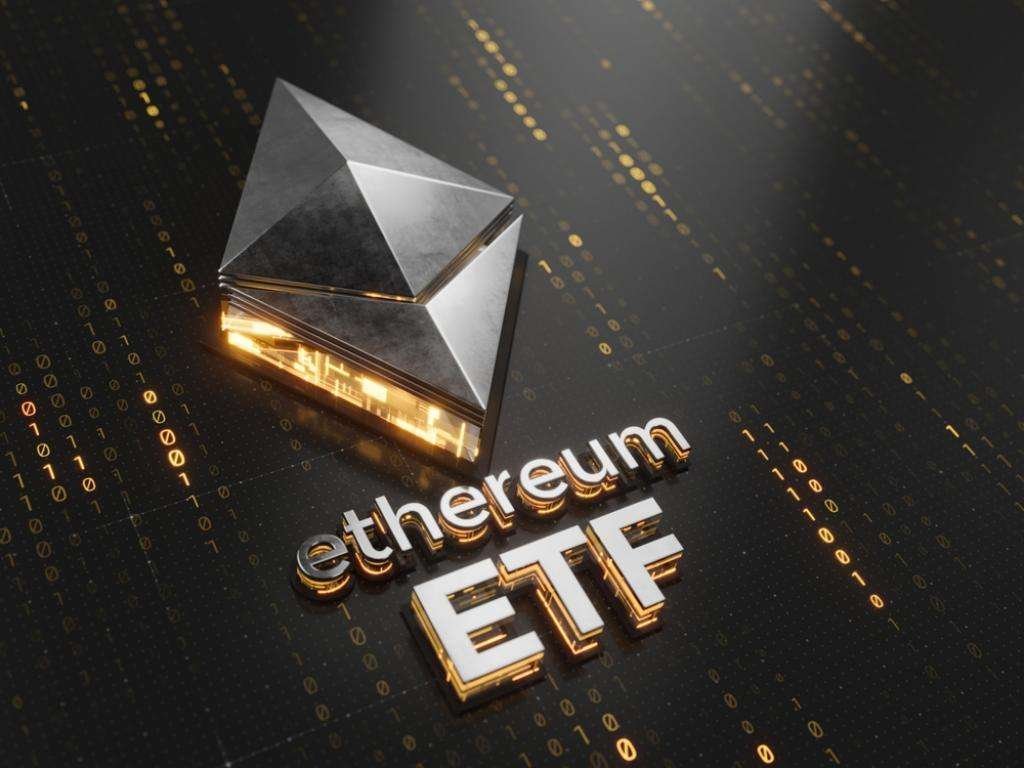Key Takeaway
What’s the principal function of the Fusaka improve?
Fusaka goals to spice up Ethereum’s scalability and safety by enabling nodes to confirm knowledge with out downloading the total blockchain.
How does Fusaka influence Ethereum’s long-term development?
By supporting Layer 2 adoption, distributed block validation, and environment friendly knowledge dealing with, Fusaka positions Ethereum for sustained community growth and innovation.
Ethereum [ETH] co-founder Vitalik Buterin has revealed particulars of the upcoming Fusaka improve, promising a serious leap in blockchain scalability.
On the coronary heart of the improve is PeerDAS, a protocol that allows nodes to confirm knowledge availability with out downloading the total blockchain.
In line with Buterin, Fusaka retrieves small chunks of knowledge and makes use of erasure coding to reconstruct any lacking components.
This methodology is designed to spice up each effectivity and safety, setting a brand new customary for scalable blockchain infrastructure.
He added,
“If greater than 50% of chunks can be found, then the node theoretically can obtain these chunks, and use erasure coding to recuperate the remaining.”
How will Fusaka’s improve change issues?
Buterin defined that Fusaka’s preliminary implementation nonetheless requires full block knowledge in two circumstances.
These are throughout preliminary broadcasting and when a writer offers solely 50–100% of a block for reconstruction.
He emphasised that the system doesn’t depend on any single node’s honesty; so long as at the least one node acts appropriately, the community maintains full performance.
Totally different nodes can carry out these duties for various blocks.
Future upgrades, together with cell-level messaging and distributed block constructing, will totally distribute these obligations, eliminating dependence on any single node.
He added,
“That is all new know-how, and the core devs are smart to be tremendous cautious on testing, even after they’ve been engaged on this for years.”
Importantly, Fusaka’s builders cautiously enhance “blobs” to make sure community security and stability.
This strategy allows L2 and eventual L1 scaling with greater throughput with out storing full blockchain knowledge.
A brand new period of scalable development?
Buterin’s clarification got here in response to remarks by Dragonfly’s Hildebert Moulié, who highlighted that the Ethereum community processed six blobs per block for the primary time on the twenty fourth of September.
This milestone was largely pushed by elevated exercise from Layer 2 tasks comparable to Coinbase’s Base, Worldcoin, Soneium, Scroll, Form, Lighter, and LineaBuild.
Amongst these, Base and Worldcoin [WLD] lead blobspace utilization, accounting for roughly two-thirds of the overall.
These developments recommend Ethereum is getting into a brand new section of development, powered by increasing Layer 2 adoption, improved knowledge infrastructure, and a deal with long-term scalability.
What’s extra?
Moreover, latest Base charge spikes and MEV inefficiencies present that community utilization is rising and underscore the necessity for validators to optimize their methods.
In the meantime, Buterin’s emphasis on low-risk DeFi protocols financially helps Ethereum whereas preserving community-driven tasks like Lens, Farcaster, ENS, and privateness protocols.
Due to this fact, ultimately, Ethereum continues to mature, scaling effectively whereas staying a hub for innovation.





